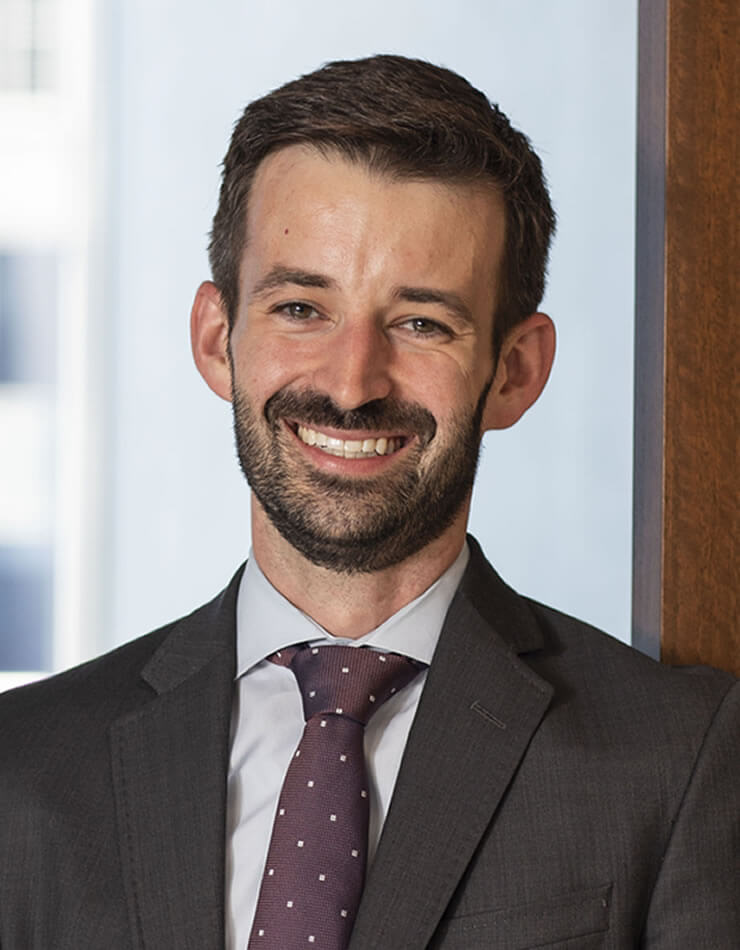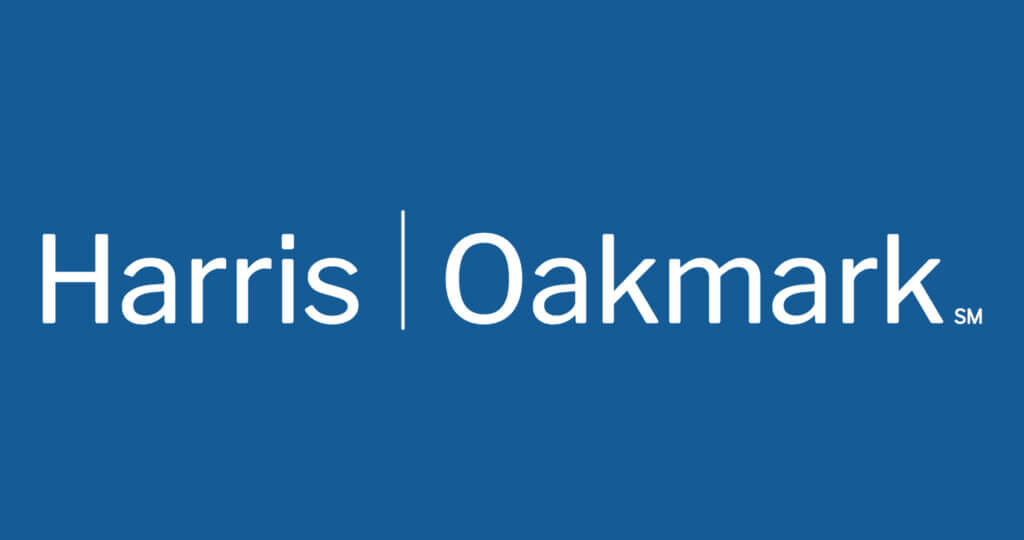Oakmark International Small Cap Fund – Investor Class
Average Annual Total Returns 12/31/16
Since Inception 11/01/95 9.19%
10-year 2.37%
5-year 8.36%
1-year 6.30%
3-month 1.50%
Gross Expense Ratio as of 09/30/16 was 1.38%
Past performance is no guarantee of future results. The performance data quoted represents past performance. Current performance may be lower or higher than the performance data quoted. The investment return and principal value vary so that an investor’s shares when redeemed may be worth more or less than the original cost. The performance of the Fund does not reflect the 2% redemption fee imposed on shares redeemed within 90 days of purchase. To obtain the most recent month-end performance data, view it here.
The Oakmark International Small Cap Fund returned 2% for the quarter ended December 31, 2016, solidly outperforming the MSCI World ex U.S. Small Cap Index, which declined 3% for the same period. For the year ended December 31, the Fund was up 6% while the MSCI World ex U.S. Small Cap Index returned 4%. Since the Fund’s inception in November 1995, it has returned an average of 9% per year.
A top-performing stock for the quarter was Incitec Pivot, an Australian manufacturer of mining explosives, fertilizers and industrial chemicals. Incitec Pivot’s share price reacted favorably following the company’s fiscal year earnings report that was released in early November. Overall, these results were in line with our estimates and represent what we believe is solid performance in the face of significant macro headwinds across Incitec’s businesses. We met with management in December, and found that their efforts to reduce costs during 2016 were substantive and helped counter tough market conditions that significantly affected their earnings, such as steep price declines for fertilizers. Overall, the company expects its markets to remain challenging in 2017. However, management is on track to deliver additional cost savings to help combat this, and certain markets seem to be improving, including the mining explosives and urea markets. In addition, the company is now in position to harvest the benefits of a period of significant capital investment. Even with the recent share price advance, we believe Incitec Pivot is trading at a substantial discount to the company’s true worth.
The largest detractor from performance for the quarter was Aberdeen Asset Management. Based in the U.K., Aberdeen is an international investment management group, managing assets for both institutions and private investors from offices around the world. During the quarter, Aberdeen’s share price fell amid concerns that Trump’s presidential victory would mean higher interest rates in the U.S., which would lure investors out of emerging markets. While Aberdeen reported a better-than-expected set of fiscal year results at the end of November (due to strong investment returns from a diversified business model and disciplined cost management), profits and revenues were down from the previous year. At this time and as expected, management also confirmed emerging market flows had been disappointing since the U.S. election. We anticipate that 2017 will be challenging for Aberdeen, but management is embarking on an efficiency plan that should generate substantial savings by the end of the year. In addition, company leaders have announced they will cut the dividend and plan to build their excess cash position. We believe both of these actions will benefit the company in the long term.
During the quarter, we initiated one new position in France-based Ingenico Group, a global leader in secure electronic payment solutions. The company provides products and services that include point-of-sale payment terminals, payment software and mobile e-payment solutions. We eliminated our positions in China ZhengTong Auto Services (China) and Ichiyoshi Securities (Japan) during the quarter. Also in December, the acquisition of gategroup (Switzerland) by Chinese conglomerate HNA Group was completed.
Geographically, we ended the year with 21% of our holdings in Asia, 62% in Europe and the U.K., and 11% in Australasia. The remaining positions are in North America (Canada and the U.S.) and Latin America (Brazil).
We still maintain hedge positions on two of the Fund’s currency exposures. As of the most recent quarter end, the Australian dollar hedge was 10% and the Swiss franc exposure was hedged 23%.
We thank you for your continued confidence and support, and wish all of you a very happy and healthy 2017!
The securities mentioned above comprise the following percentages of the Oakmark International Small Cap Fund’s total net assets as of 12/31/16: Incitec Pivot, Ltd. 4.0%, Aberdeen Asset Management PLC 2.1%, Ingenico Group SA 2.4%, China ZhengTong Auto Services Holdings, Ltd. 0%, Ichiyoshi Securities Co., Ltd. 0%, Gategroup Holding AG 0% and HNA Group Co., Ltd 0%. Portfolio holdings are subject to change without notice and are not intended as recommendations of individual stocks.
Click here to access the full list of holdings for The Oakmark International Small Cap Fund as of the most recent quarter-end.
The MSCI World ex U.S. Small Cap Index (Net) is a free float-adjusted market capitalization index that is designed to measure global developed market equity performance, excluding the U.S. The MSCI Small Cap Indices target 40% of the eligible Small Cap universe within each industry group, within each country. MSCI defines the Small Cap universe as all listed securities that have a market capitalization in the range of USD200-1,500 million. This benchmark calculates reinvested dividends net of withholding taxes using Luxembourg tax rates. This index is unmanaged and investors cannot invest directly in this index.
The stocks of smaller companies often involve more risk than the stocks of larger companies. Stocks of small companies tend to be more volatile and have a smaller public market than stocks of larger companies. Small companies may have a shorter history of operations than larger companies, may not have as great an ability to raise additional capital and may have a less diversified product line, making them more susceptible to market pressure.
The percentages of hedge exposure for each foreign currency are calculated by dividing the market value of all same-currency forward contracts by the market value of the underlying equity exposure to that currency.
Investing in foreign securities presents risks that in some ways may be greater than U.S. investments. Those risks include: currency fluctuation; different regulation, accounting standards, trading practices and levels of available information; generally higher transaction costs; and political risks.
The discussion of the Fund’s investments and investment strategy (including current investment themes, the portfolio managers’ research and investment process, and portfolio characteristics) represents the Fund’s investments and the views of the portfolio managers and Harris Associates L.P., the Fund’s investment adviser, at the time of this letter, and are subject to change without notice.
All information provided is as of 12/31/2016 unless otherwise specified.









